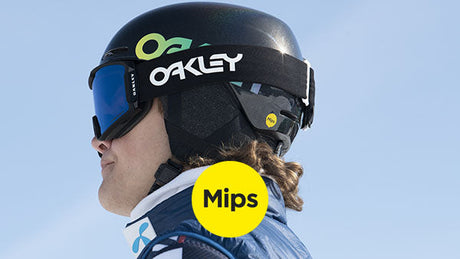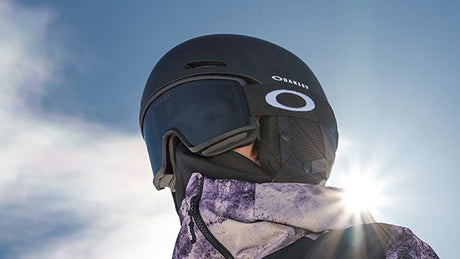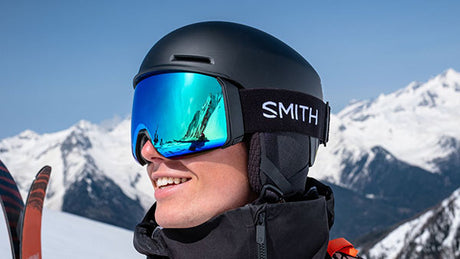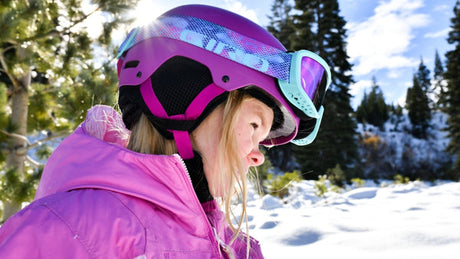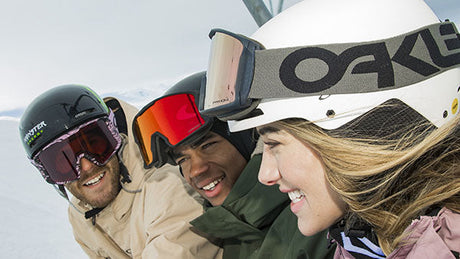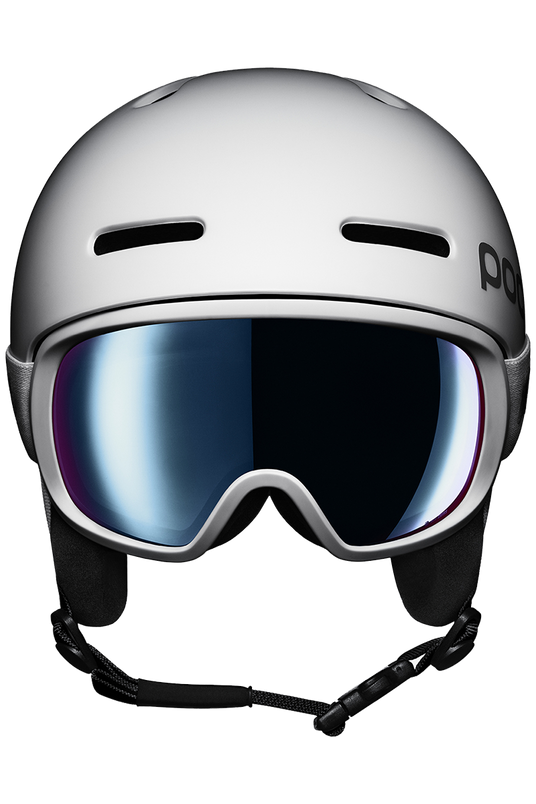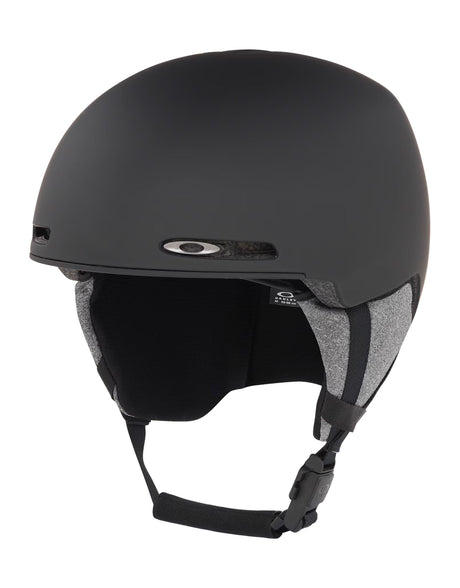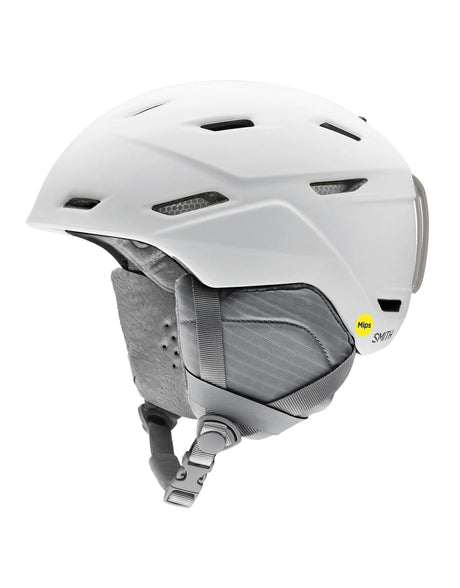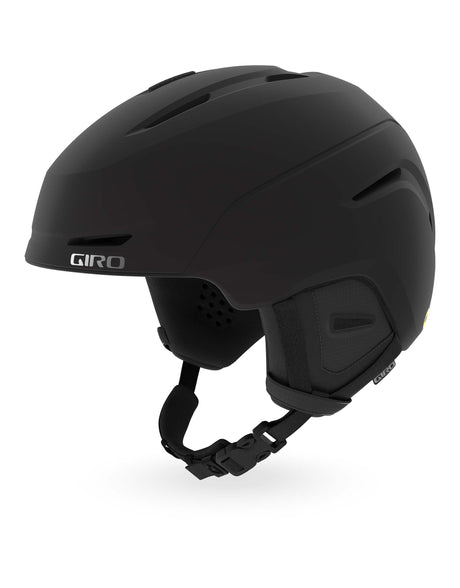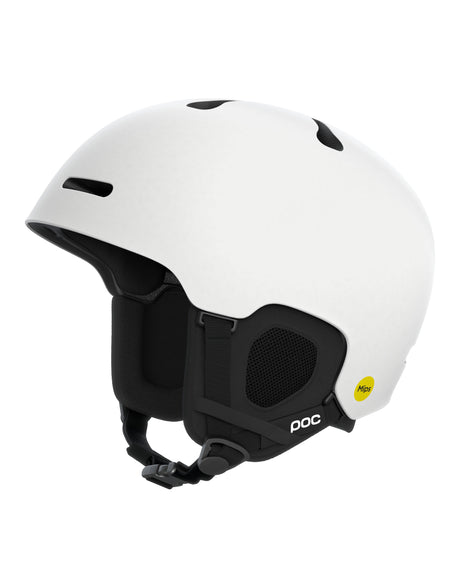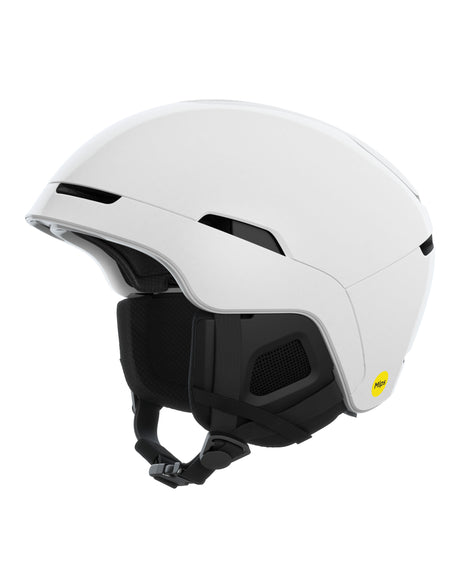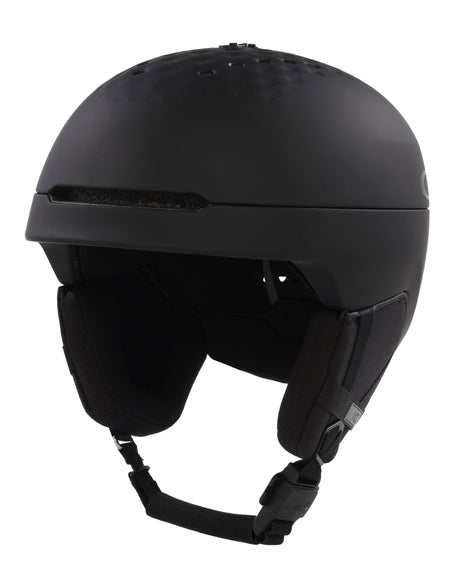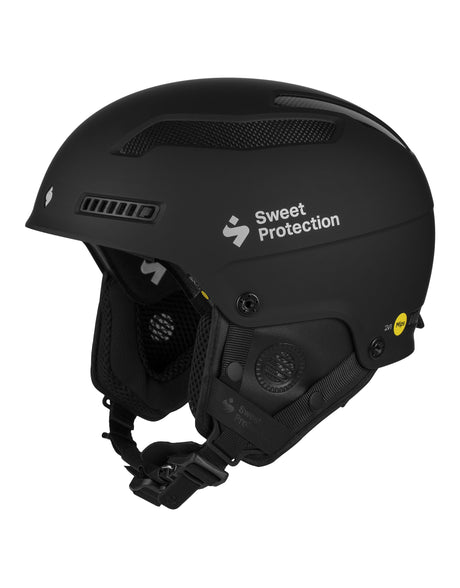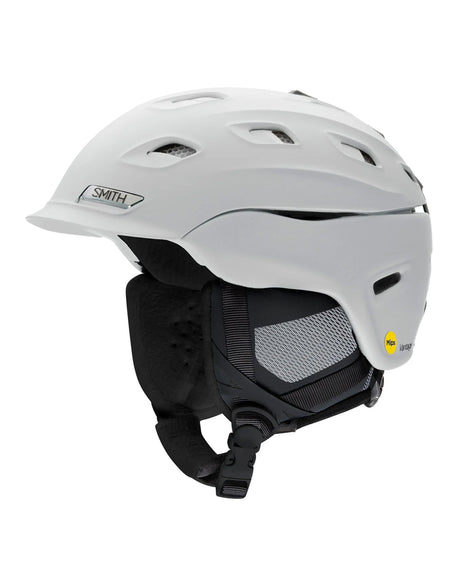Helmets are an essential part of your day to day time on the ski hill. They are crucial in keeping your head safe and warm and help your goggles fit and function perfectly. Gone are the days of struggling with a wet beanie whilst skiing here in Australia, a Helmet will help keep you much more warm and comfortable on those miserable weather days.
Sizing and Fit
In order to get your size, measure the circumference of your head just above the eyebrows. This cm measurement will translate to a size on each brands size chart. If you measure your head and the value sits in a gap between two sizes with a certain brand it will likely be hard to get either size to fit you correctly.
In addition to size, Heads also vary greatly in shape and roundness. Helmet makers recognise this and often offer different fits in each model or offer certain models in multiple fits. The current trend is to delineate these different styles as Oval fit or Round fit, though Oval Fit helmets are often not specified in name. Round Fit helmets are also widely known as Asian Fit, as it matches the predominate head shape in Asia.
As a starting point, we find that Oval shaped heads are more popular amongst the Caucasian population and Round head shapes are more common in people of Asian Descent. Though it is far from a hard and fast rule and a bit of trial and error is often necessary to dial in the right fit.

Helmets are limited in function by how they fit your head. Head knocks while skiing can be quite forceful and shouldn't be able to dislodge your helmet. Wearing a helmet that is too big can reduce its ability to protect your head.
On the flip side, a Helmet that is too small won't sit correctly on the head in the first place. If it looks or feels like it is sitting too high on your head or if there are pressure points, its likely too small or the wrong fit for your head.
Ski Helmet Features
The main features to look for in Ski Helmets are MIPS, Ventilation, and Adjustability.
MIPS, Multi-Directional Impact Protection System, is a technology added to helmets that aims to reduce rotational motion to the brain in a crash. Research is showing that oblique types of impacts with rotational motion can be more detrimental to the brain than direct impacts. MIPS is in almost every helmet we sell, and unless you are on an extreme budget, is definitely top of the list to look out for.
Ventilation can be important here in Australia where it is often quite warm. Helmets with active, adjustable ventilation allow you to control the amount of airflow through the helmet. Fixed ventilation means there is still airflow, but you can't adjust it with the flick of a switch.
Most Helmets have size adjustability built in, most commonly in the form of a dial. This allows you to dial in the fit of your helmet to improve comfort and safety. As well as adjust it out a little if you intend on wearing a Balaclava for a little extra warmth.

